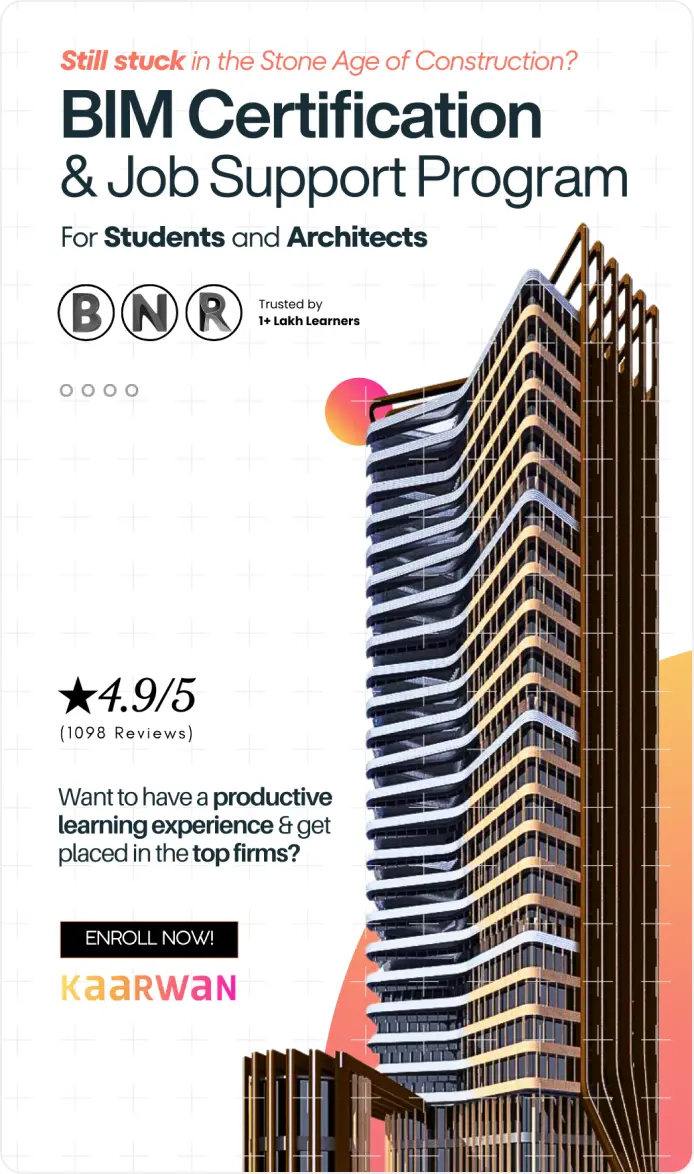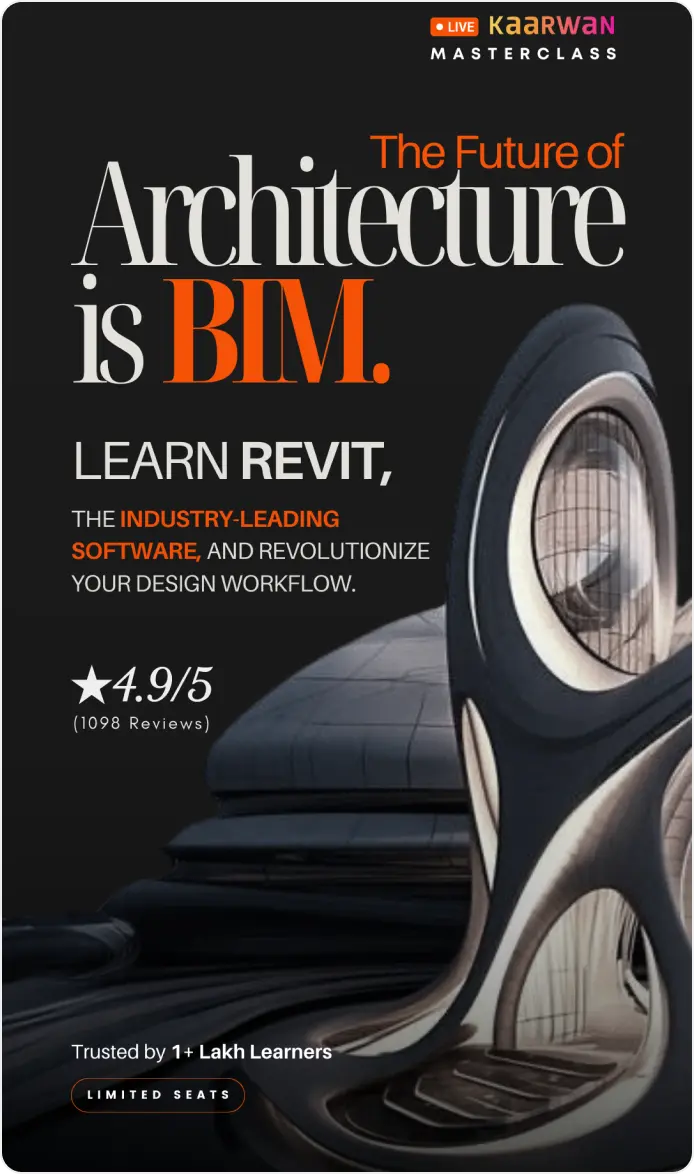Facility management in BIM refers to the application of Building Information Modeling (BIM) technology to optimize the operations and maintenance of buildings throughout their lifecycle. This involves creating a digital twin of a building, encompassing all its physical and functional characteristics. The digital representation empowers facility managers to make informed decisions, streamline workflows, and achieve long-term success.
This blog post provides insight into the advanced techniques that facility managers can leverage within BIM technology to significantly elevate the effectiveness of building operations. But before we delve into these advancements, let's establish a foundational understanding of BIM and its core functionalities in facility management.
The Power of BIM in Facility Management
BIM serves as a dynamic tool for facility management, empowering professionals to create detailed digital representations of buildings. These digital twins encompass both the physical aspects of the building, such as walls and plumbing systems, and its functional characteristics, including space allocation and occupancy data. This comprehensive approach fosters informed decision-making across the entire building lifecycle, from optimizing maintenance schedules to streamlining renovations.
Here's a glimpse into the key benefits of BIM for facility management:
Enhanced Collaboration: BIM fosters real-time collaboration among stakeholders, such as facility managers, engineers, and contractors. By providing a centralized platform for information sharing, BIM eliminates communication silos and ensures everyone has access to up-to-date building data. This collaborative environment minimizes misunderstandings, improves project coordination, and leads to more efficient operations.
Improved Accuracy: Traditional methods of building documentation can be prone to errors and inconsistencies. BIM offers a centralized source of truth, ensuring all information about the building is accurate, up-to-date, and readily accessible. The visualization capabilities of BIM enable facility managers to proactively foresee potential issues and address them before they snowball into costly problems.
Increased Efficiency: BIM software provides a comprehensive suite of tools encompassing design, visualization, and data management functionalities. These functionalities streamline workflows and optimize processes for facility management tasks, leading to improved efficiency.
BIM for Facility Management: Streamlining Building Operations (Advanced Techniques)
Now that we've established the foundation of BIM in facility management, let's explore some advanced techniques that can significantly enhance building operations:
4D and 5D BIM: These advanced techniques integrate time and cost data into the BIM model. 4D BIM provides a visual representation of the construction schedule, while 5D BIM incorporates cost information. This empowers facility managers to make informed decisions regarding resource allocation, project planning, and budget management. Imagine being able to virtually walk through the construction process within the BIM model, identifying potential bottlenecks and optimizing the schedule accordingly. 5D BIM allows facility managers to visualize the financial implications of design choices, enabling them to make cost-effective decisions throughout the building lifecycle.
Laser Scanning and Point Cloud Data: Laser scanning technology allows facility managers to create highly accurate 3D models of existing buildings. This point cloud data, which captures the building's geometry with exceptional detail, enhances the precision of BIM models. Highly accurate BIM models lead to more effective maintenance and renovation planning. Consider being able to obtain a digital replica of your building to pinpoint the exact location of pipes and electrical conduits before commencing renovation work. This not only minimizes disruption but also ensures a more efficient execution of renovation projects.
Implementing BIM for Effective Building Operations
A strategic approach is crucial for successful BIM implementation in facility management. Here are key considerations:
Setting Clear Objectives: Define the specific goals you aim to achieve with BIM. Are you looking to improve space utilization, streamline maintenance processes, or reduce operational costs? Identifying clear objectives ensures a focused BIM implementation strategy.
Selecting the Right BIM Software: The BIM software landscape offers a variety of options, with varying functionalities and budgets. Popular choices include Revit Architecture, which caters to the entire building lifecycle and offers robust features for facility management. Evaluate your specific needs and choose software that aligns with your requirements.
Training and Support: Staff training is essential for successful BIM adoption. Invest in BIM certification courses to equip your team with the necessary skills and knowledge to leverage BIM effectively. A skilled workforce is crucial to maximizing the return on investment in BIM technology.
Pilot Projects: Starting with pilot projects allows you to test BIM workflows on a smaller scale. This helps identify potential challenges and refine your approach before a full-scale implementation. By demonstrating the value of BIM through successful pilot projects, you can gain stakeholder buy-in for broader adoption.
The Future of BIM in Facility Management
The future of BIM in facility management is buzzing with innovation. AI-powered BIM will predict equipment failures, allowing for proactive maintenance and minimized downtime. Integration with IoT sensors will provide real-time building data, leading to optimized operations.
However, as BIM technology advances, facility managers will need to continuously develop their skills through BIM certification courses. This ongoing education ensures they stay ahead of the curve and can fully leverage the ever-expanding potential of BIM.
BIM and Sustainability in Facility Management: Building a Greener Future
BIM goes beyond just optimizing building operations; it plays a vital role in achieving sustainability goals in facility management. Here's how:
Energy-Efficient Practices: BIM empowers facility managers to implement energy-efficient practices by providing detailed data on building performance. This data can be analyzed to identify areas of high energy consumption, allowing for targeted interventions such as upgrading lighting systems or installing solar panels.
BIM can also be used to simulate the impact of various energy-saving measures, helping facility managers make data-driven decisions that optimize energy efficiency and reduce the building's environmental footprint.
Sustainable Design: BIM supports sustainable design principles by facilitating the use of eco-friendly materials and systems. During the design phase, BIM models can be used to assess the environmental impact of different building materials and choose options with lower embodied energy or higher recycled content.
Additionally, BIM can be leveraged to integrate sustainable design features such as natural daylighting or rainwater harvesting systems, reducing the building's reliance on conventional resources.
The Economic Impact of BIM on Facility Management
The economic impact of BIM on facility management is undeniable:
Cost Savings: BIM's ability to improve efficiency, reduce errors, and optimize maintenance practices translates into significant cost savings in the long run. By minimizing downtime, extending equipment lifespans, and optimizing energy use, BIM contributes to a reduction in operational costs.
Increased Property Value: Buildings equipped with BIM models are generally viewed as more attractive to tenants and potential buyers. The comprehensive data and documentation provided by BIM enhance transparency and streamline future maintenance processes, ultimately leading to increased property value.
Conclusion
BIM offers a powerful toolkit for facility managers, fostering collaboration, improving accuracy, and boosting efficiency. By integrating advanced techniques like 4D/5D BIM and laser scanning, facility managers gain a deeper understanding of their buildings, enabling proactive maintenance, optimized renovations, and cost-effective decision-making. As BIM technology evolves with AI and IoT integration, facility managers who continuously develop their skills will be well-positioned to unlock BIM's full potential for sustainable and efficient building operations.
Become a BIM pro in facility management! Our Professional Revit & BIM Certification Course prepares you for designing smarter buildings. Enroll now & elevate your career!
Visit the Kaarwan website for more insights!📈

